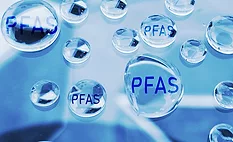
Strategic Solutions
Senior executives of The ChemQuest Group Inc. share strategic management information related to the adhesives, sealants and coatings industries.
Articles
More ArticlesKeep the info flowing with our newsletters!
Get the latest industry updates tailored your way.
JOIN TODAY!Copyright ©2026. All Rights Reserved BNP Media.
Design, CMS, Hosting & Web Development :: ePublishing


